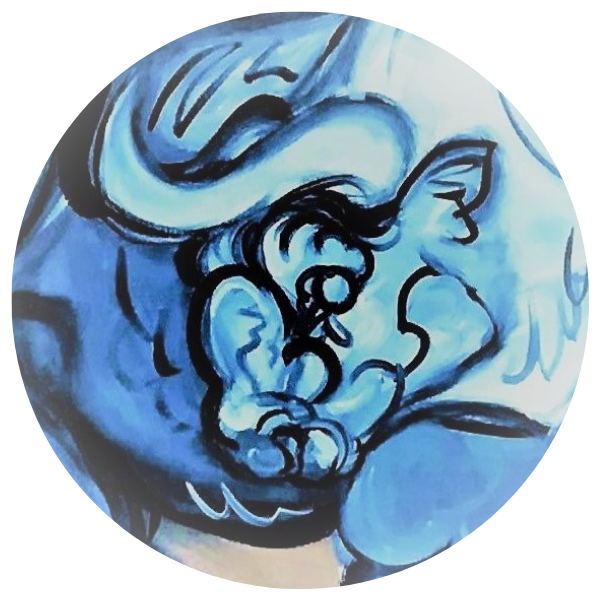
Words from the Gallery
“Our deepest thoughts are founded from the fewest words”, so too with art, some of our deepest reflections can be found from the simplest of strokes.
To have someone as highly esteemed as Ronald Pope (1920-1997) represented at Taurean Arts is a huge honour, and I am very, very grateful to Tony and Jane (Ronald Pope’s daughter) for allowing the gallery to have access to the sketchbooks of such a nationally renowned sculptor.
‘He saw his world through horizontals and verticals’ – Tapping into the abstract creations of Ronald Pope is a fascinating journey, from a world uncluttered – to a stream of endless steps.
From passionate embraces – to the isolations of uncertainty. These themes resonate in Ronald’s unique and timeless style, and taps into a secret spring that runs within.
Background
Ronald Pope is known, predominantly, as a sculptor (of the Modernist school), with over 400 unique sculptures to his credit. Much of his work can be compared with….Constantin Brâncuşi, Henry Moore, Barbara Hepworth and David Smith. His sculpture is acknowledged by the Henry Moore Institute (Leeds), which has a representative Pope sculpture in its collection of Modern Art.
But in spite of his recognition and success as a sculptor, painting, particularly in watercolours, was in his soul.
He began as an engineer apprentice in 1938 with Rolls Royce, Derby, becoming a very competent engineer, but his love for art, and his evident talent, led him to a place at the Slade School of Fine Art, London in 1945. After become very disillusioned with the ‘academic’ style of painting tuition he experienced at the Slade, Pope transferred to sculpture under A. H. Gerard and Professor F.E. McWilliam.
On achieving a Diploma in Fine Art (and Prize for Stone Carving), he went on to study Ceramics under Heber Mathews.
Over the next 11 years Pope established himself as a sculptor and artist with an individual style. Seclusion was ideal for Pope. It enabled him to develop his own interests, particularly metal sculptures, using the ‘direct’ method of construction, cutting, welding and brazing various metals, creating his figures and crowds, contemporaneously with his watercolour paintings and drawings of pairs of figures and groups, which, though apparently simple, convey very vividly the rhythm of movement.
Pope attempted to explore the deeper meanings of love and life through his sculpture and painting, and to convey his thoughts to the wider world in his work, he had an optimistic view of humanity and a strong sense of the bond within a relationship. Much of his work is inspired by philosophical reflection on the nature of human relationships.
Ronald Pope’s artworks are housed in many public collections and Museums throughout the UK and recently Pope had a posthumous 100 year retrospective exhibition called ‘Process and Progress’ at the Derbyshire Museum
Key Dates
1943-45 Attended life drawing classes(evenings) Derby School of Art
1945-48 Studied Sculpture and Painting, Slade School of Fine Art, University of London
1948 Awarded Diploma in Fine Art, and Prize for Stone Carving
1952 First public commission: stone relief
1952-82 Taught sculpture and ceramics, Derby College of Art (and Technology)
Large sculpture for Sir Basil Spence, at Sheffield, 1966 (commissioned 1959)
Artist in Residence, 20th King’s Lynn Festival, 1970
Winner of national competition for a memorial to commemorate the 13th Centenary of the English Church first nation synod in AD673, 1977
2020 ‘Process and Progress’ a 100 year Retrospective Exhibition – Derbyshire Museum



